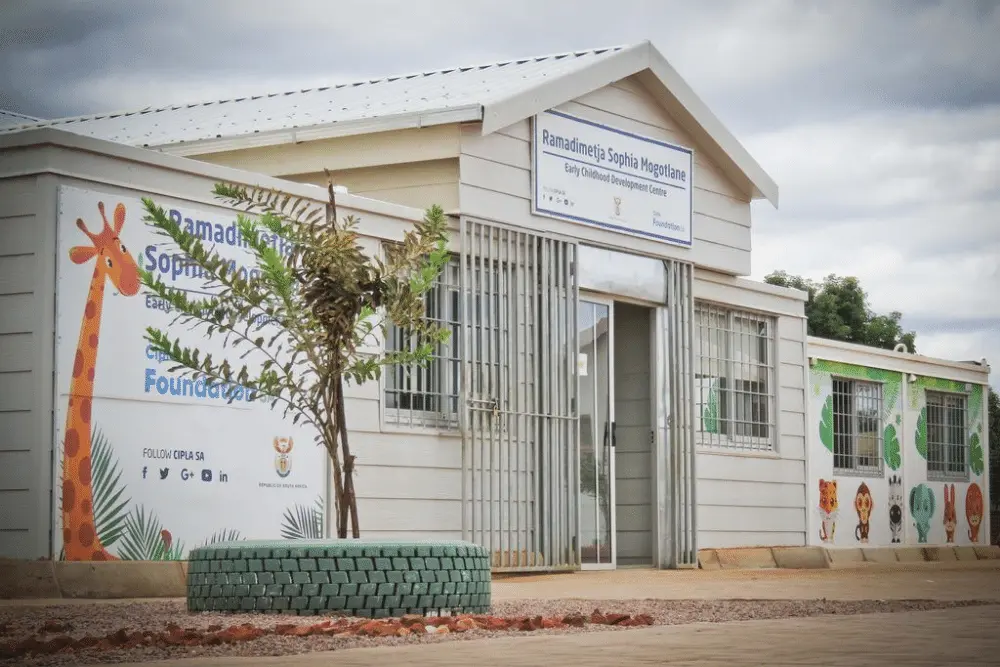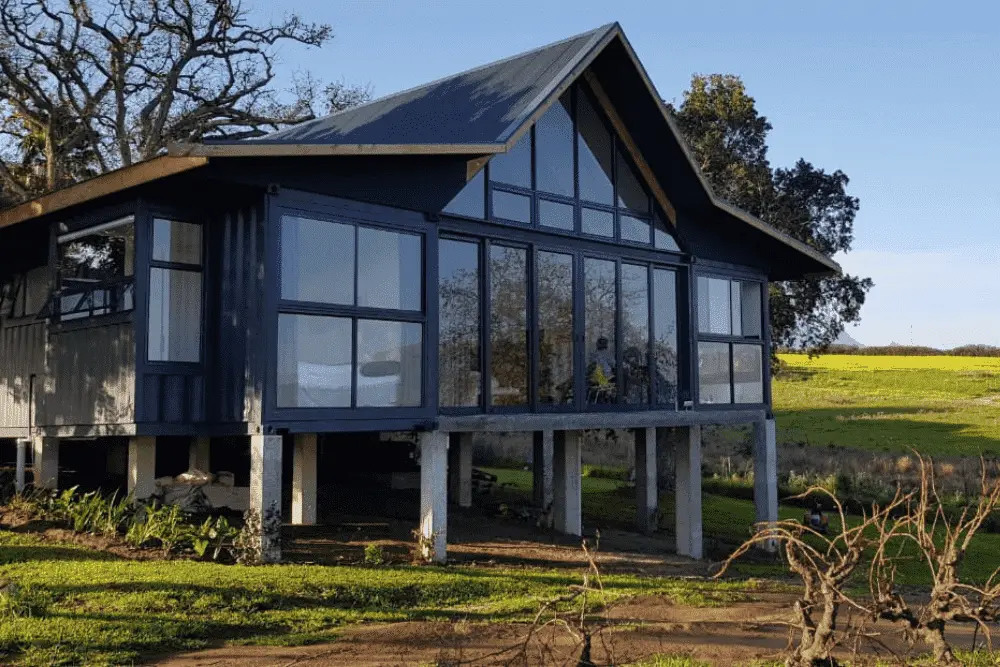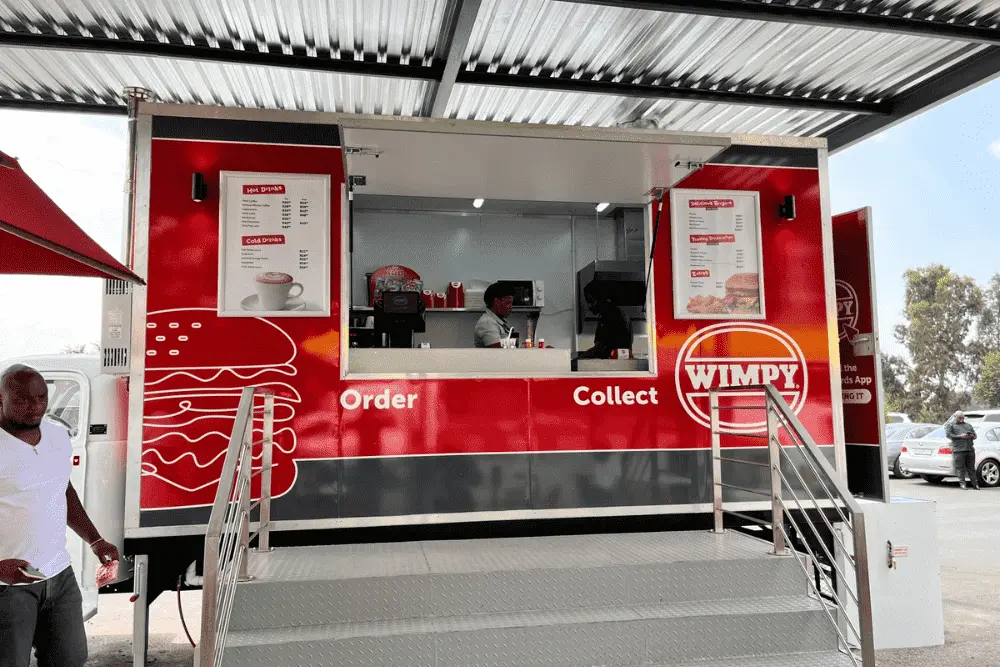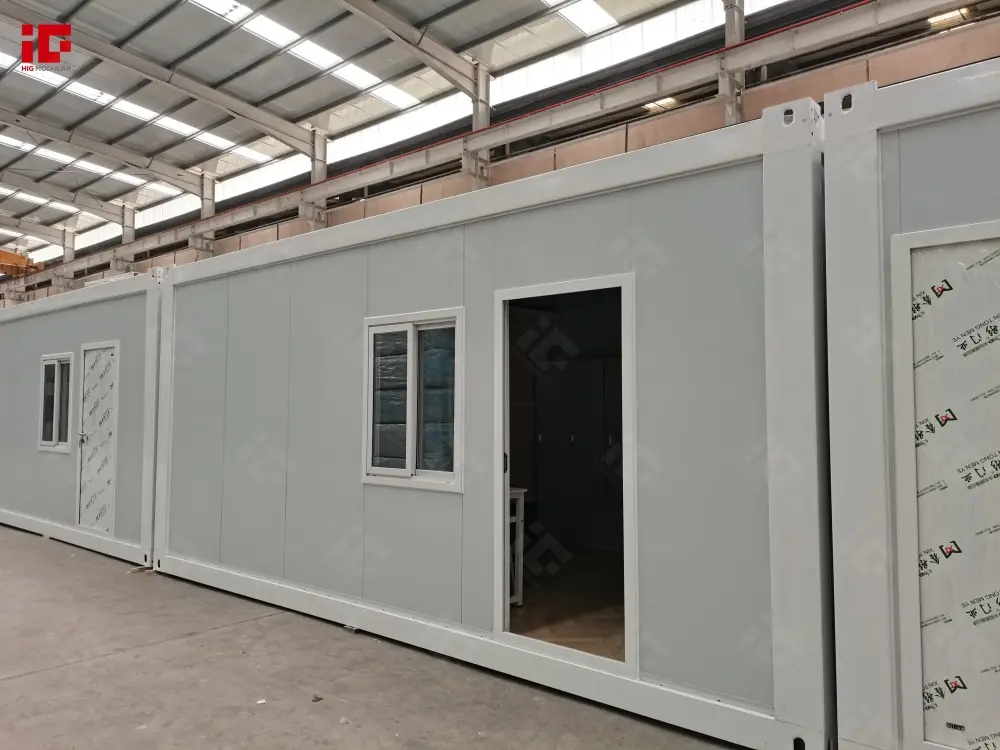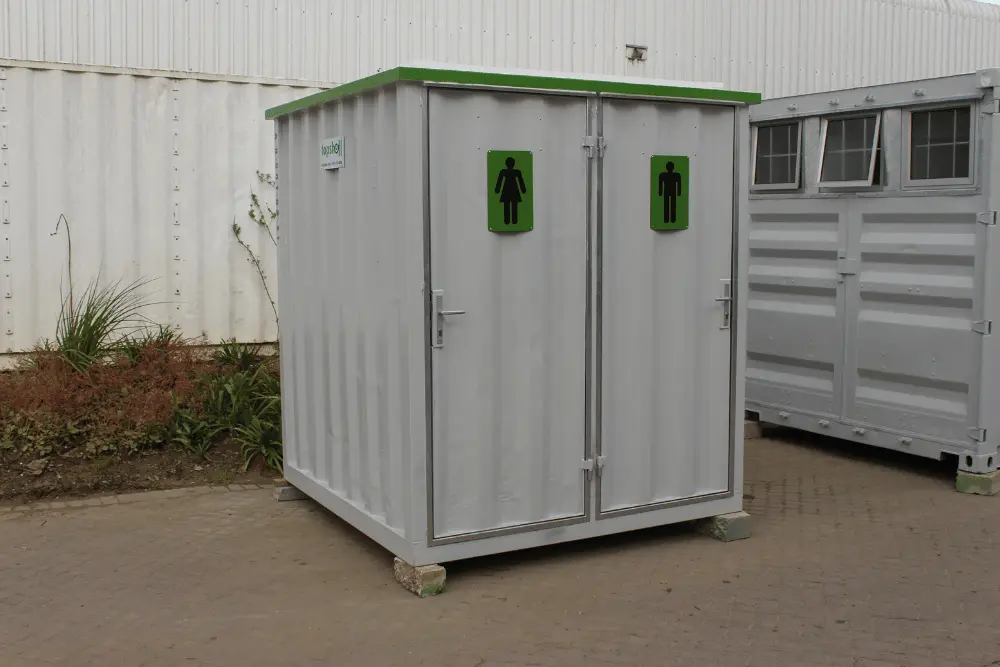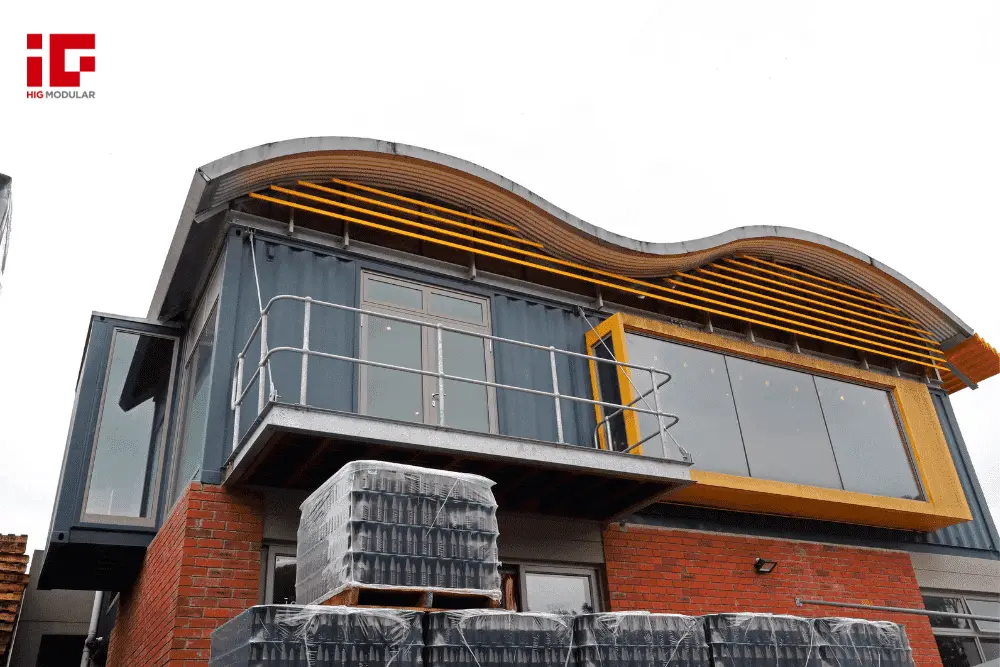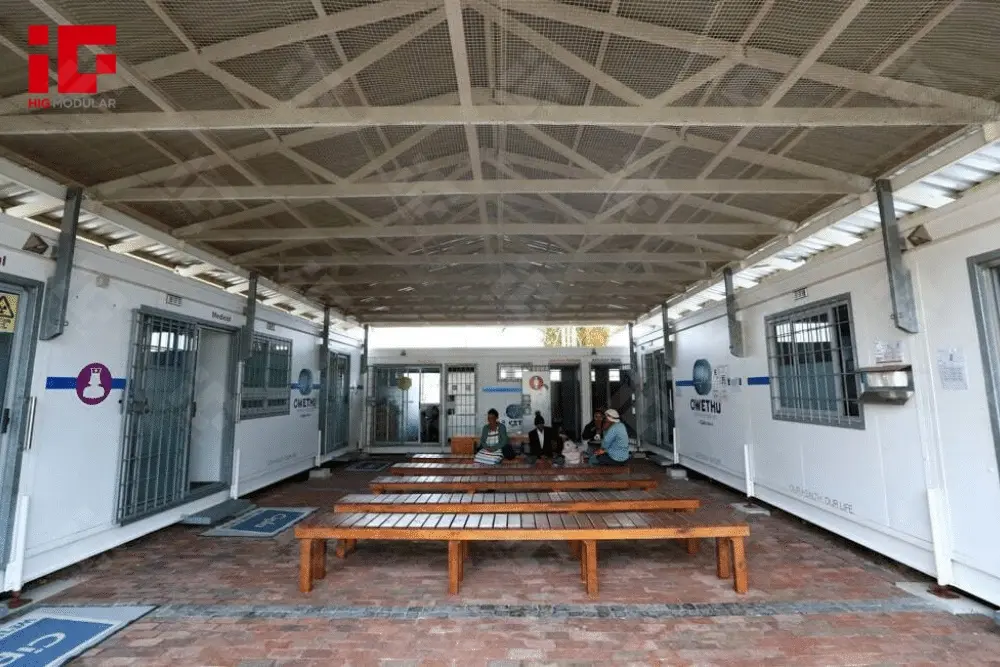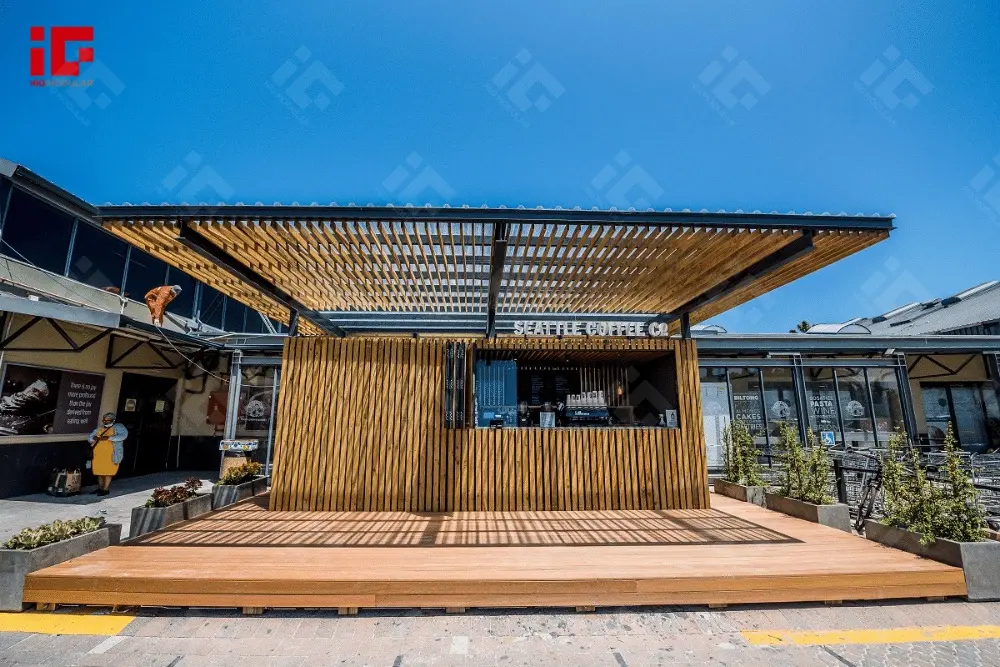Light Steel Building: Revolutionizing Residential Construction
When Mr. and Mrs. Johnson decided to expand their family home in suburban Seattle, they sought a solution that balanced speed, sustainability, and structural integrity. The result? A 500-square-foot light steel building extension completed in just two weeks—half the time of a traditional construction project. This case study not only showcases the remarkable capabilities of light steel structures but also highlights how modern engineering is revolutionizing residential construction.
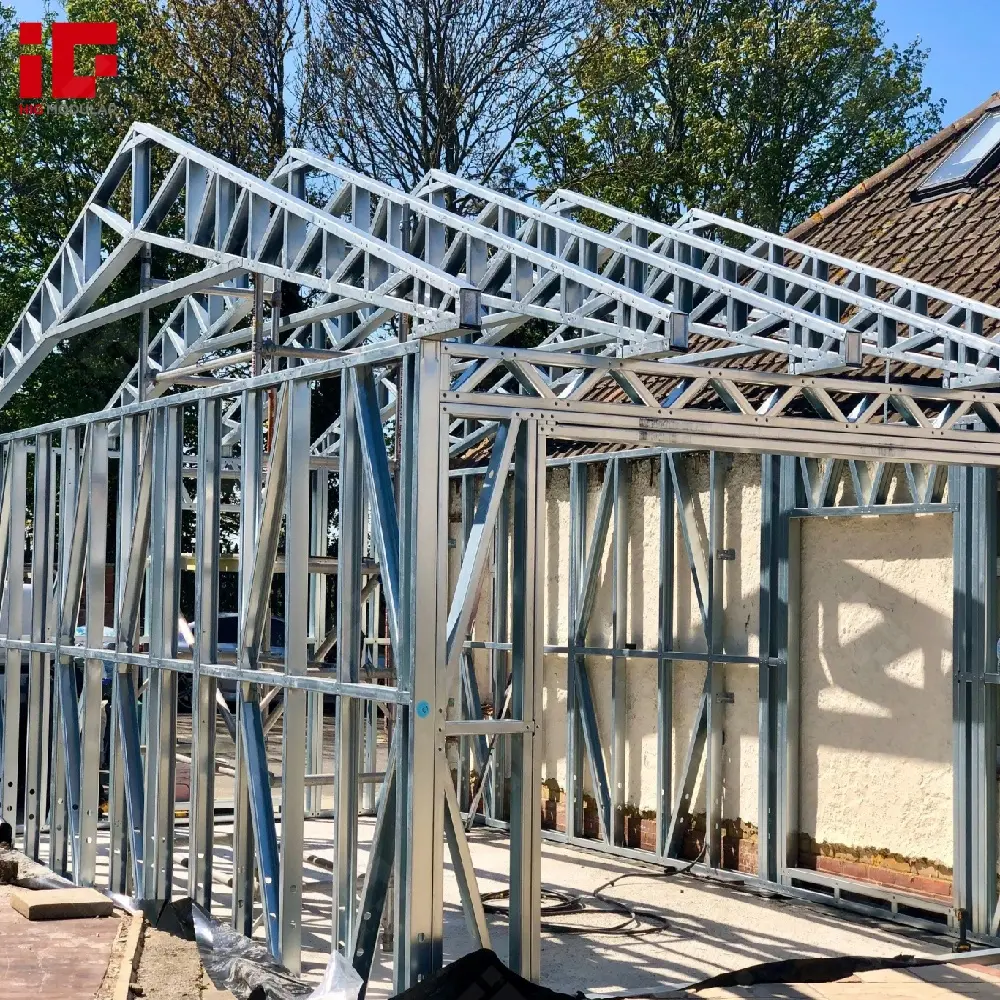
A Swift Construction Journey: Time Saved, Quality Gained
The project began with a clear mandate: minimize disruption to the Johnsons’ daily life while adding a functional living space. Light steel framing, prefabricated off-site with precision engineering, proved ideal. Unlike traditional wood or concrete structures, which require on-site cutting and curing, light steel components arrived ready for assembly. Engineers erected the frame in 3 days, followed by insulation, cladding, and interior finishes—all wrapped up within 14 days.
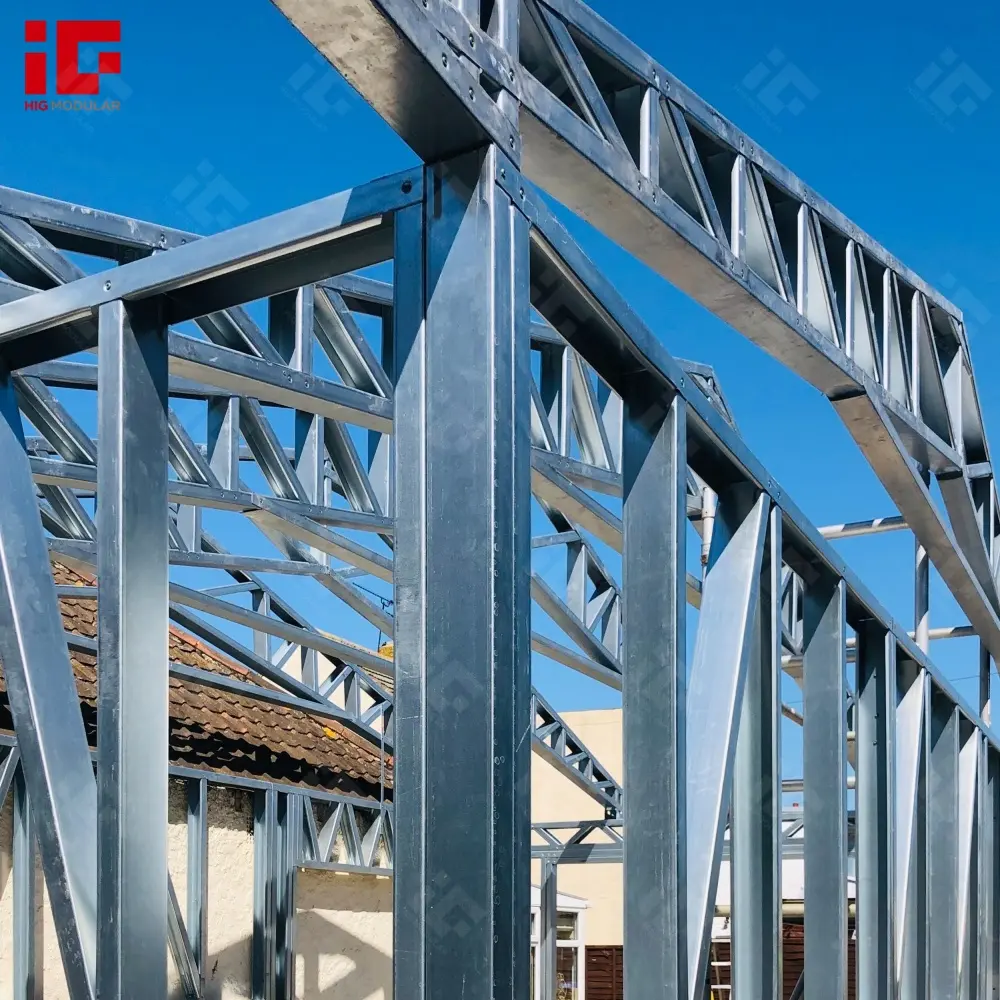
Unmatched Structural Performance: Built to Withstand the Elements
Light steel buildings are not just about speed; their structural resilience is unparalleled. The Johnsons’ extension is designed to:
●Withstand Catastrophic Events: Engineered to resist 9-magnitude earthquakes and hurricanes with winds up to 70m/s (over 156 mph), surpassing grade 12 wind resistance standards. This resilience provides peace of mind in a region prone to seismic activity and storm surges.
●Endure for Generations: The main structure boasts a 70-year service life, far exceeding the 50-year average of conventional homes. Galvanized steel framing resists corrosion, ensuring longevity without frequent maintenance.
As structural engineer Mark Reynolds noted, “Light steel’s strength-to-weight ratio is revolutionary. It’s lighter than wood but can support heavier loads, making it ideal for extensions that won’t compromise existing foundations.”
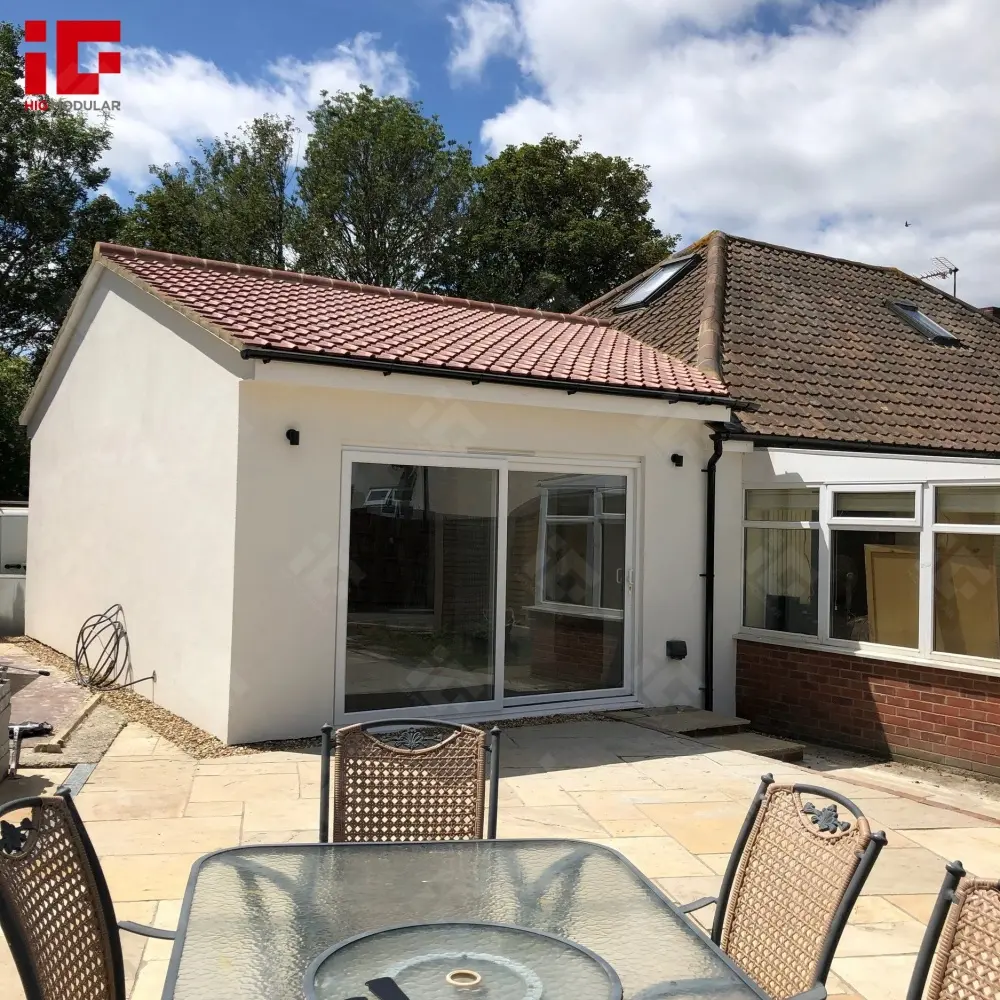
Thermal Efficiency: A Comfortable Haven Year-Round
The Johnsons’ new space stays cool in summer and warm in winter, thanks to light steel’s innovative insulation system. A 200mm-thick composite wall achieves a thermal resistance of 3.2 m²K/W—11 times more effective than an equal-thickness brick wall. This translates to:
●65% Energy Savings: Compared to traditional buildings, the extension uses advanced insulation materials that reduce heating and cooling costs. The Johnsons expect annual energy bills to drop by $1,200.
●Optimal Indoor Climate: Exterior walls with 65dB sound insulation block street noise, while interior walls (45dB) ensure privacy between rooms. “Our kids’ playroom is now a quiet retreat, even during busy weekdays,” Mrs. Johnson shared.
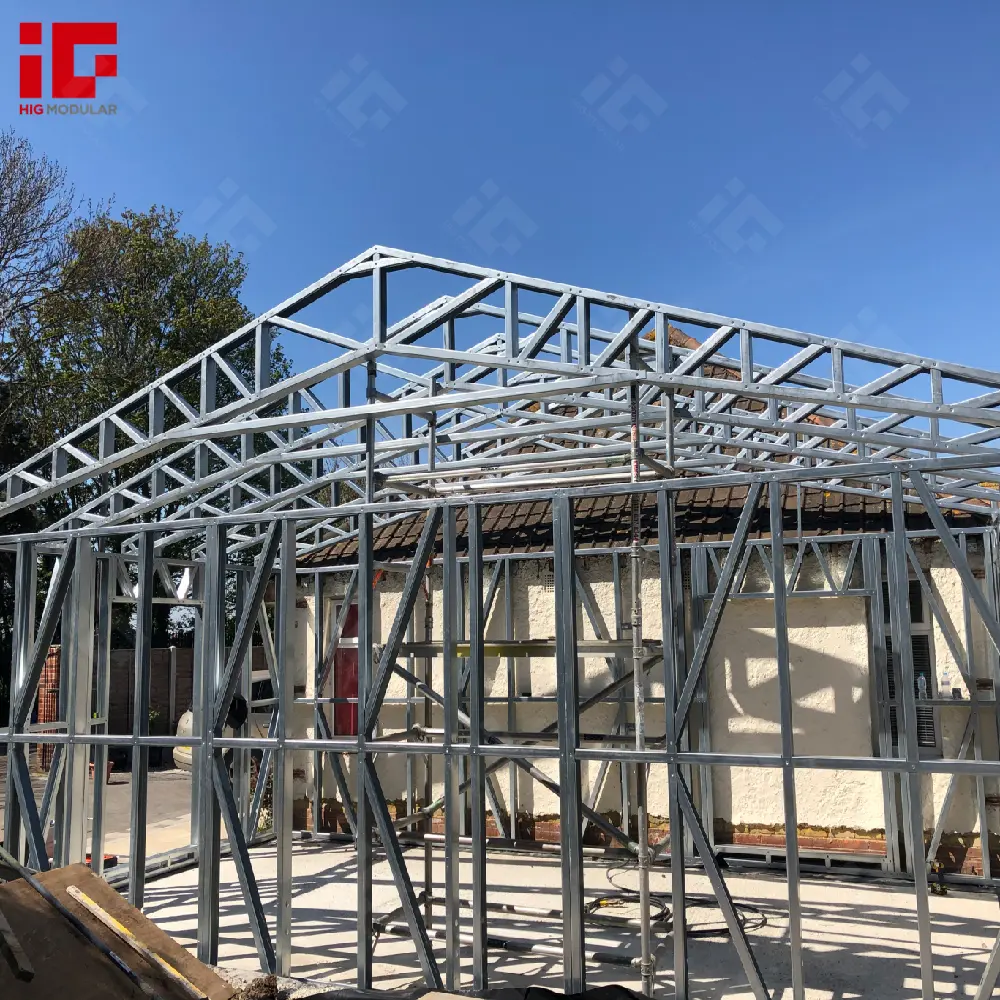
Sustainability: A Green Footprint for the Future
In an era of environmental consciousness, light steel construction stands out:
●100% Recyclability: The steel frame is fully recyclable, and over 80% of accessories (such as screws, brackets, and cladding) can be repurposed. The project generated 70% less construction waste than a typical renovation.
●Eco-Friendly Materials: The insulation used is non-toxic and free of formaldehyde, prioritizing indoor air quality. “We moved in immediately without worrying about harmful fumes,” Mr. Johnson emphasized.
Maximizing Space: Efficiency in Design
Light steel’s slim framing members offer a 5–13% higher usable area than traditional builds. The Johnsons’ extension features a vaulted ceiling and open floor plan, made possible by steel beams that span longer distances without bulky supports. “We gained a full dining area that wouldn’t have fit with wooden beams,” said their architect, Lisa Chen.
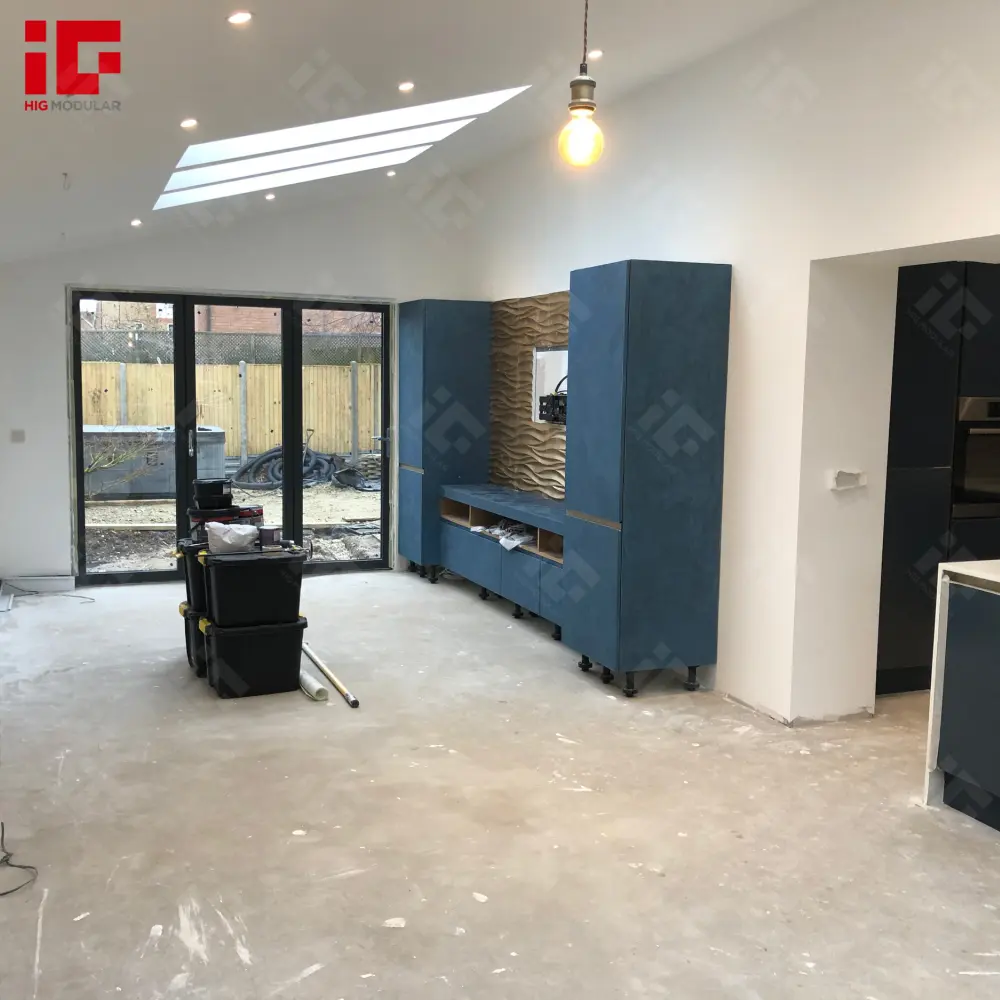
The Future of Construction: Light Steel Leading the Way
This project exemplifies why light steel construction is gaining traction worldwide. From urban infill projects to disaster-relief housing, its blend of speed, durability, and sustainability addresses modern challenges. As the construction industry shifts toward smarter, greener solutions, light steel buildings aren’t just an option—they’re the standard.
For the Johnsons, the extension is more than extra space; it’s a testament to what modern engineering can achieve.
As cities grow and climate risks intensify, light steel buildings offer a blueprint for the future—one where innovation and responsibility coexist seamlessly.


